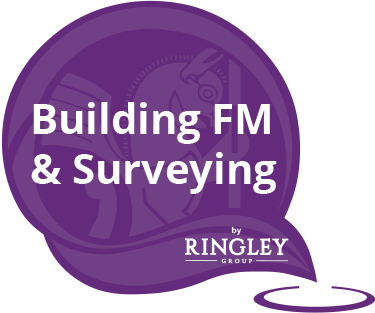Our expert teams understand both the different types of asbestos, the risks and the legislation around both protection and removal
"Our expert teams understand both the different types of asbestos, the risks and the legislation around both protection and removal."
Asbestos that has not been removed has to be managed in situ under an asbestos management plan: this means regular inspection to check the asbestos fibres are well protected and chances of impact damage or disturbance will not cause a risk. It takes a seasoned surveyor to recognise blue asbestos, brown asbestos and white asbestos.
Asbestos survey
An Asbestos survey assesses a building to find asbestos containing materials and to assess the risk to persons living or working in the building. The Surveyor will consider the risks in view of the building’s construction or build type, building age as well as modifications and refurbishments since and depending on the type of survey chosen either: report on the presumed or likely risks or take samples which a laboratory will analyse to confirm the presence of asbestos (of which there are 3 types).
Legislation states that the duty holder, the person or organisation responsible for the maintenance or repair of the building and/or its communal areas MUST identify asbestos, manage that asbestos and provide this information to anyone at risk. This is where Ringley can help.
Ringley can provide 3 types of Asbestos Survey as well as interim monitoring



What is Asbestos?
A common form of magnesium silicate used in various building and insulation products due to its stability and resistance to fire. Asbestos was singled out and has been governed by separate legislation since Crocidolite (‘Blue’ asbestos’) and Amosite (‘Brown asbestos’) were banned in the UK in 1985, and Chrysotile (White asbestos’) in 1999. This means that asbestos could be present in homes and workplaces built before 2000. It has been proven that inhaling loose asbestos fibres can cause lung cancer and various other forms of lung disease. Asbestos removal or encapsulation (by law) must be carried out by a licensed professional.
Background legislation

What the duty holder must do
The Duty holder must:
- Establish if asbestos containing materials (ACMs) are present in the building and what condition it is in.
- Assess the risk of damage / fibre release.
- Create a detailed action plan to manage the risk.
According to the RICS and ARMA Ringley as a Managing Agent is the duty holder over communal areas. The responsibility however remains with the landlord who has a legal duty to allow the duty holder to carry out an asbestos audit. The end result is a report.



Components of the Asbestos Report
Seek guidance and help from our team of expert Chartered Surveyors and Engineers.
Without a schedule, how would you negotiate repairs due or alleged? Don’t take on a lease without one.
Call us
020 7267 2900Email us
md@ringley.co.ukAsbestos that has not been removed has to be managed in situ under an asbestos management plan: this means regular inspection to check the asbestos fibres are well protected and chances of impact damage or disturbance will not cause a risk. It takes a seasoned surveyor to recognise blue asbestos, brown asbestos and white asbestos.
An Asbestos survey assesses a building to find asbestos containing materials and to assess the risk to persons living or working in the building. The Surveyor will consider the risks in view of the building’s construction or build type, building age as well as modifications and refurbishments since and depending on the type of survey chosen either: report on the presumed or likely risks or take samples which a laboratory will analyse to confirm the presence of asbestos (of which there are 3 types).
Legislation states that the duty holder, the person or organisation responsible for the maintenance or repair of the building and/or its communal areas MUST identify asbestos, manage that asbestos and provide this information to anyone at risk. This is where Ringley can help.
A common form of magnesium silicate used in various building and insulation products due to its stability and resistance to fire. Asbestos was singled out and has been governed by separate legislation since Crocidolite (‘Blue’ asbestos’) and Amosite (‘Brown asbestos’) were banned in the UK in 1985, and Chrysotile (White asbestos’) in 1999. This means that asbestos could be present in homes and workplaces built before 2000. It has been proven that inhaling loose asbestos fibres can cause lung cancer and various other forms of lung disease. Asbestos removal or encapsulation (by law) must be carried out by a licensed professional.
The Duty holder must:
- Establish if asbestos containing materials (ACMs) are present in the building and what condition it is in.
- Assess the risk of damage / fibre release.
- Create a detailed action plan to manage the risk.
According to the RICS and ARMA Ringley as a Managing Agent is the duty holder over communal areas. The responsibility however remains with the landlord who has a legal duty to allow the duty holder to carry out an asbestos audit. The end result is a report.
Seek guidance and help from our team of expert Chartered Surveyors and Engineers.






















